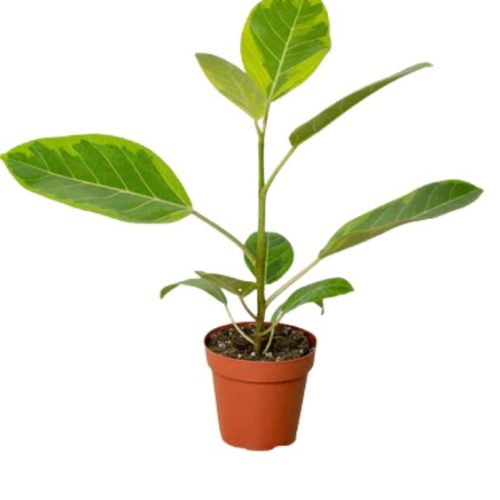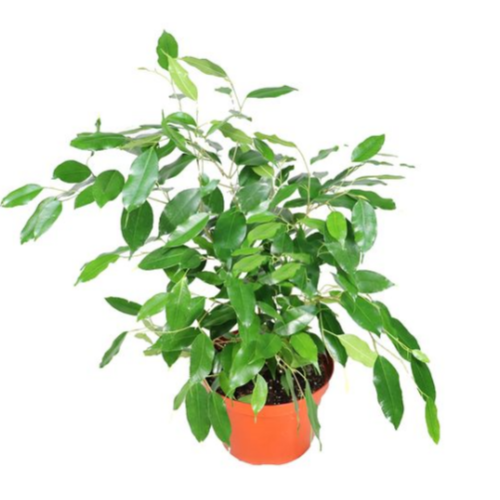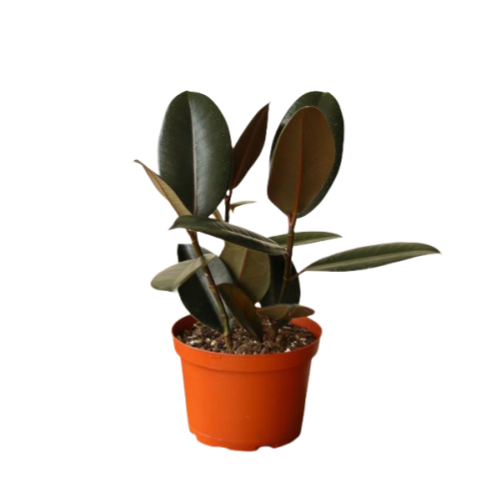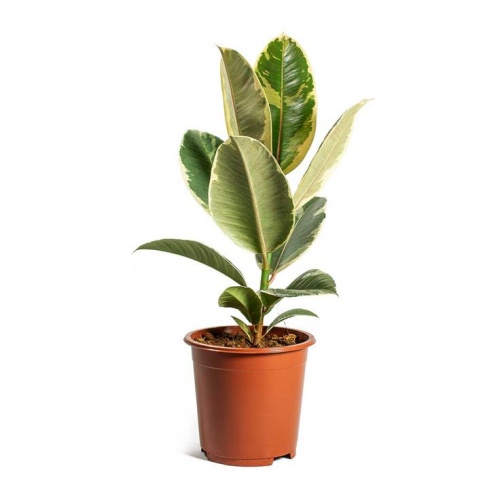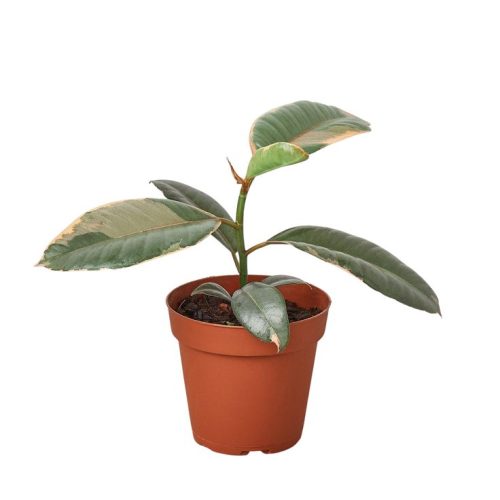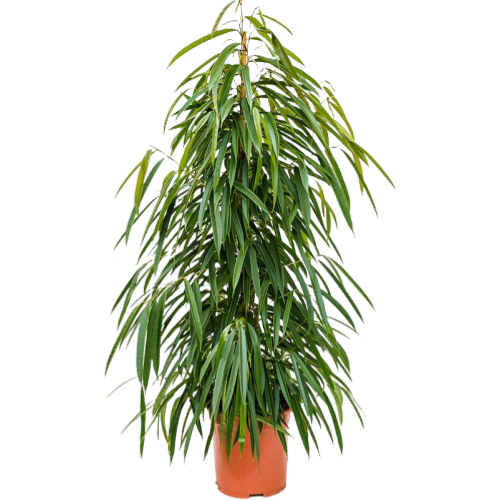Ficus Pandurata
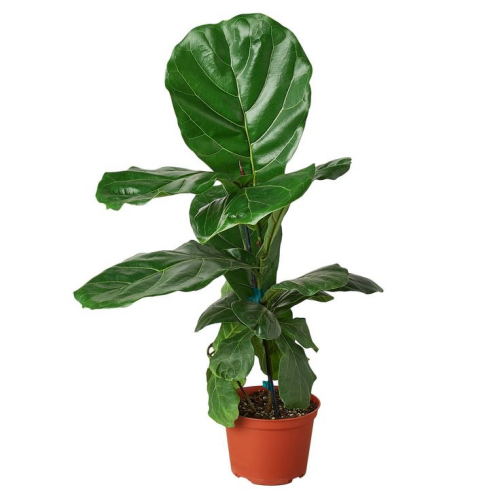
- Botanical Name: Morceae
- Family Name: Ficus pandurata
- Batang: 2-30 Feet
- Suhu: 15 ° C-30 ° C
- Others: Aerial roots, multi-trunk.
Ihtisar
Panjelasan Produk
Ficik Pandurata: Marvel anu multifaceted tina karajaan tropis
Ficus Pandurata:The Tropical Tree That Thinks It’s a Spider
Ficus Pandurata: Asal sareng kabiasaan
Ficusa Pandurata, umumna katelah OG Gr G Zin atanapi Grant Grant, mangrupikeun spésiés pepelakan répembangan di kulawarga Moraceae. Éta isin ti daérah tropis, khususna Amérika Tengah sareng ka Amérika Tengah sareng di kidul, dimana éta nyababkeun dina tempat anu haneut, humiding ciri khas katainangan na.
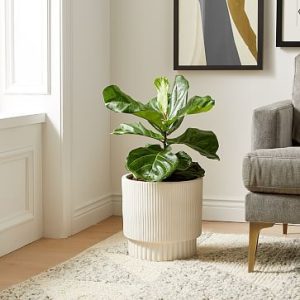
Ficus Pandurata
Habitat sareng pola tumbuh
Tangkal gusti ieu sareng Salian sering dipanggihan di bumi hujan tropis rutin, dimana éta tiasa tumuh kana, tangkal anu pikaresepeun sareng lebar, kanaly padet. Ficus Pandurata is known for its unique growth habit, which includes the formation of aerial roots that descend from the branches and, upon reaching the ground, take root and form additional trunks. This process can lead to the tree developing a multi-trunk structure, contributing to its nickname as the “Banyan Fig,” reminiscent of the iconic Banyan trees that spread out with their supporting aerial roots.
Daun Ficus Pandurages jeung béda, kalayan bentukna ngarasakan buah buging otak, ku kituna nami umum. Éta biasana lega sareng bujur, kalayan permukaan gloss anu ngagambarkeun raos alus, adjekting ka tempat teduh dampled tina understy of liveordest.
Dina hal kabiasaan, éta spésiés anu dituang pikeun lingkungan kalapa. Éta mangrupikeun spésiés anu parah pisan anu tiasa dipimégasi dina jurang dina kanopin anu disababkeun ku tatangkalan anu teu murag. Pangabisa ieu ngamungkinkeun spésiés pidioer, sering di antawisna pikeun ngusir heula daérah blok sareng ngabantosan regenerate leuweung éta.
A pancalan botani leuweung tropis
Daun sareng pulas kaulinan
Dive into the foliage of the Ficus Pandurata, where each leaf tells a story of evolutionary adaptation with a “figgy twist.” These large, glossy panels are not just for show; they’re the botanical equivalent of a tropical fashion statement, designed to catch every stray photon in the jungle.
Akar sareng jangjang
Meet the aerial roots of the Ficus Pandurata, the part-tree, part-bird wonders that defy gravity. These roots are the tree’s version of a superhero’s sidekick, starting high in the branches and ending firmly on the ground, forming a network of support that makes the Banyan Fig a fortress of flora.
Tulisan kanopi
Picture the Ficus Pandurata’s canopy, a verdant realm that casts a strategic shadow over the forest floor. It’s not just a roof; it’s a声明 of territorial expansion, a leafy empire built to last, where multiple trunks hold court and create a micro-ecosystem that’s as complex as a bustling city.
Babakan sareng cabang Bohemia
Finally, let’s chat about the bark and trunk of the Ficus Pandurata, the unsung heroes of the botanical world. With a rough exterior that’s as textured as a well-loved pair of jeans and a girth that broadens with age, this tree is the wise old sage of the forest, its bark peeling back to reveal the stories of a lifetime in the tropical sun.
Bintang lempeng tropis sareng kabébasan interior
Lawas lush sareng rohangan héjo
Ficusa Pandurata mangrupikeun hubunganana alami pikeun nyiptakeun suasana anu aheng, dina desain buseo-bentang. Daun anu paling bener, akar aerial langkung kuat janten carioskeun dina kebon botanis, dimana éta tiasa nunjukkeun asal tropisna. Spésiés ieu ogé idéalis pikeun ningkatkeun greasiri di parkir sareng nyayogikeun jabatan taneuh, anu masihan t tous kota.
Desain interior sareng hiasan
Dina real gain dina desain pedalaman, Ficus Pandurata mawa ayana panerapan anu dramatis sareng elegan. Kabébuna pikeun ngaitkeun jero rohangan sareng adaptasi sagala kaayaan cahaya ngajadikeun diantara anu dipikaresep diantara hiasan sareng kabutuhan bumi. Naha salaku pernyataan persaas dina lobi, titik fokus di ruang tamu, atanapi adukan anu tamu, tangkal anu tenang, tangkal jago ieu nambihan lapisan jero ruangan anu mana waé.





